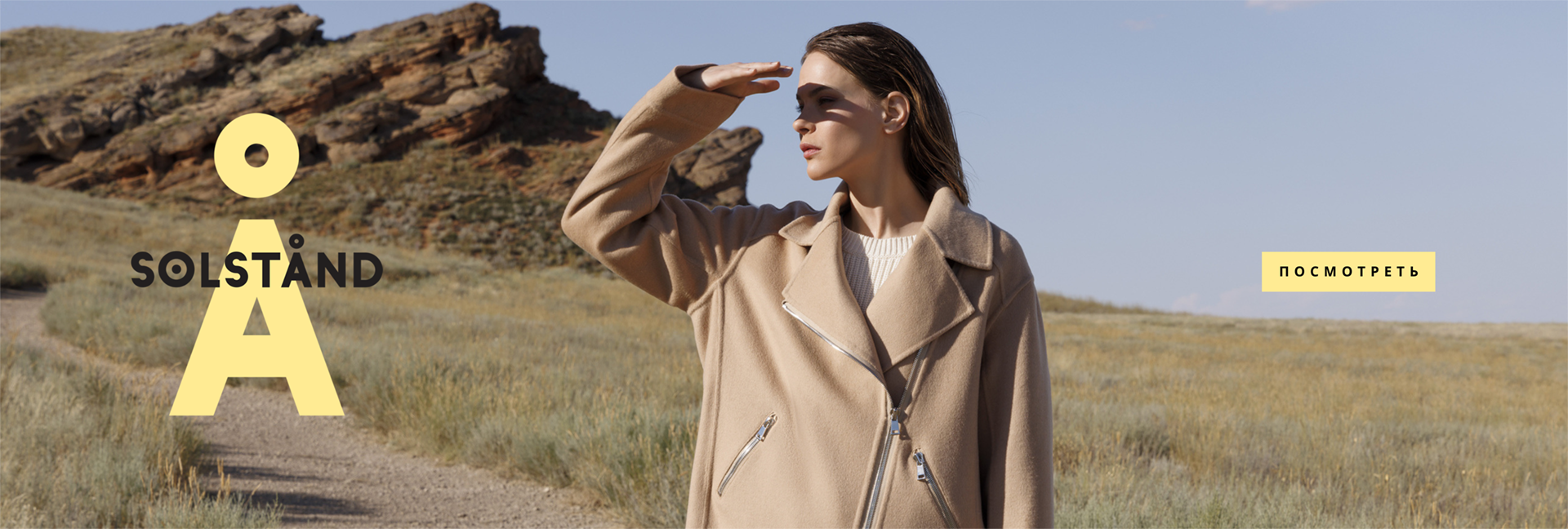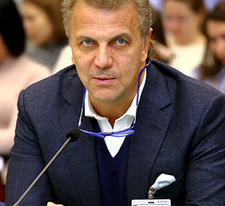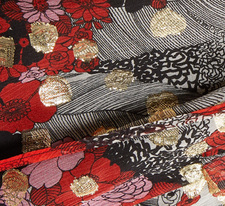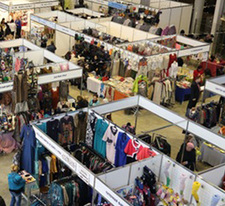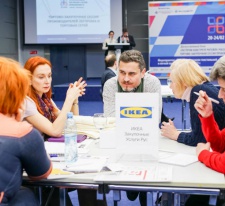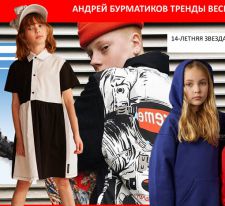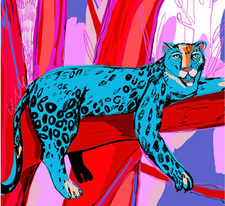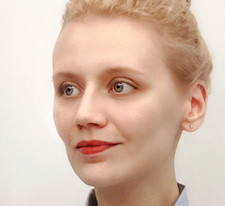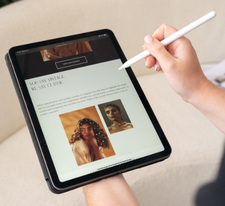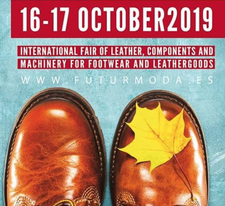LEGPROM-2019: trends, problems, forecasts
President of the Russian Union of Textile and Light Industry Entrepreneurs A.V. Razbrodin told "MM" about the key trends of the industry in the new year.
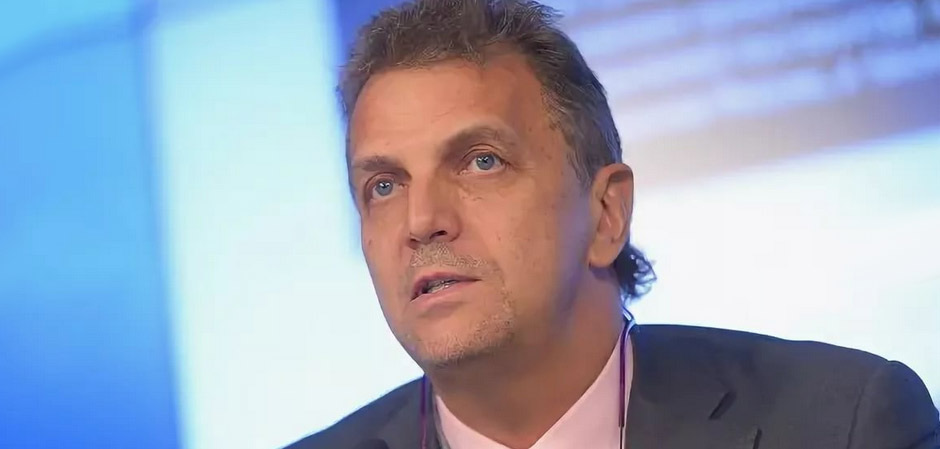
part 1 part 2
By the end of this year, increasingly complex trends began to manifest themselves in the light industry of Russia, which could involve a significant part of the light industry sub-sectors in stagnation. These issues were outlined in detail during a government meeting in Ivanovo on November 29 and 30 on the problems of the industry. The register of recommendations of this forum includes almost all proposals and assessments made by Soyuzlegprom and other participants of this meeting, and it is hoped that they will be taken into account within the framework of the state industrial policy in the coming years and in the medium term.
First of all, it should be noted that the level of state support for the light industry, which is already low, may decrease this year or, at least, remain at the level of 2018. Mainly because the Government intends to continue to support industries and enterprises focused on exports. However, according to the experts of the Union, it should be about the development of production and export of innovative and generally highly competitive products, and not exports at all. Moreover, foreign niches for light industry products are mostly already occupied by competing countries and companies.
Debugging of such a nature of production and the development of foreign markets is a long process, as world practice shows, and at the same time requires increasing state support, direct and indirect. This process took, for example, in the light industry of China and Turkey over 10 years (70-90s); in the countries of Southeast and South Asia, at least 10 years. And even today, in these countries, they do not stop at achievements both in the production of competitive light industry products and in updating state support measures for this industry.
In Russia, the key support measure was subsidizing rates on loans for replenishment of working capital and for financing production activities. In 2017 and 2018, 1 billion rubles were allocated from the Government's Reserve Fund for these purposes. However, many experts and business representatives believe that such a volume barely covers a third of the industry needs in these areas.
At the same time, an increasingly urgent problem for the industry has become a sharp reduction in bank lending of working capital of enterprises. Moreover, this trend "started" back in 2014. Soyuzlegprom believes that, along with this trend, the possible refusal of state subsidization of costs aimed at financing production activities will put domestic producers at a known disadvantage in comparison with foreign competitors. Which, of course, will affect the pace and volume of import substitution in the light industry. During the meeting, representatives of the industry proposed to include in the state budget for 2020–2021. subsidies for replenishment of working capital and support for leasing equipment in volumes not lower than the level of 2017.
At the same time, it is worth noting the priority of Russian light industry products in the state order. Business notes the sequence of work in this direction by the Government and the Ministry of Industry of the Russian Federation. For example, in the procurement of state-owned companies (and companies with state participation) in 2015 –2018, the share of Russian fabrics has almost doubled. Including in the state defense order – from 30 to 80%. In this connection, the industry community proposes to preserve the effect of the relevant Resolutions of the Government of the Russian Federation of September 16, 2016 N 925 and of January 14, 2017 N 9.
Alexey Chichkin worked on the text
Photo: from open sources
